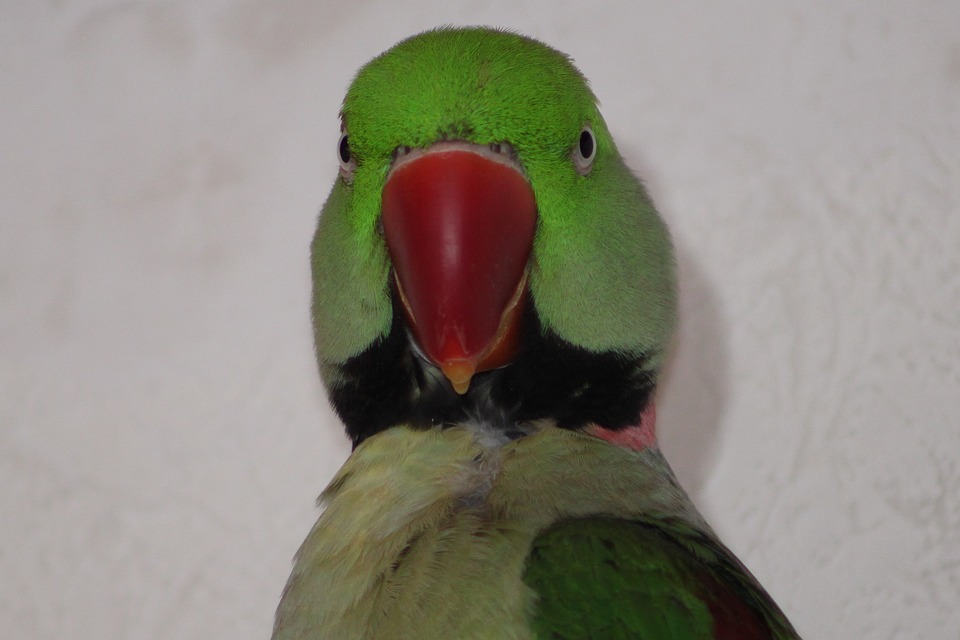Teaching your parrot new tricks can be a fun and rewarding experience for both you and your feathered friend. One of the most delightful tricks you can teach your parrot is to take a bow or perform a curtsy. Not only are these tricks adorable, but they also provide mental stimulation for your parrot and help strengthen the bond between you. In this step-by-step guide, we will walk you through the process of training your parrot to perform these charming tricks.
**Step 1: Understanding the Importance of Parrot Training**
Training your parrot goes beyond teaching tricks. It helps stimulate their cognitive abilities, build trust, and encourages positive behavior. By engaging your parrot in training sessions, you create a stronger bond, prevent boredom, and provide mental stimulation, all of which contribute to their overall well-being.
**Step 2: Preparing for Training Sessions**
Before you begin training your parrot, it’s important to create a calm and quiet environment free from distractions. This will help your parrot focus and stay engaged during the training. Also, make sure to have some treats ready as positive reinforcement. Choose soft and easily chewable treats that your parrot enjoys.
**Step 3: Teaching Your Parrot to Take a Bow**
3.1 Building Trust and Bonding with Your Parrot
To establish a solid foundation for training, spend quality time with your parrot, gently handling them, and providing positive reinforcement. This helps build trust and strengthens your bond.
3.2 Establishing a Training Routine
Consistency is key in training. Set a regular training schedule, preferably during a time when your parrot is alert and receptive. Aim for short, focused sessions to keep your parrot engaged.
3.3 Introducing the Bow Command
Hold a treat in front of your parrot’s beak and slowly move it towards their feet. As they follow the treat with their eyes, they should naturally lower their head and body into a bowing position. Simultaneously say the command, such as “Take a bow,” in a clear and confident tone.
3.4 Reinforcing the Behavior
Once your parrot performs the bow, reward them immediately with a treat and positive verbal reinforcement. Repeat the process several times until they associate the command “Take a bow” with the action. Gradually reduce the treat frequency, relying more on verbal praise.
**Step 4: Teaching Your Parrot to Perform a Curtsy**
4.1 Strengthening the Bond Through Trust Exercises
Before teaching the curtsy, strengthen your bond with your parrot by engaging in trust exercises, such as target training, stepping up, and gentle handling. This enhances their comfort and willingness to learn new tricks.
4.2 Setting Up a Training Environment
Choose a designated training area that is well-lit and free from distractions. Place a small platform or perch at a comfortable height for your parrot to step on during the curtsy.
4.3 Introducing the Curtsy Command
Hold a treat slightly above the platform, enticing your parrot to step onto it. As they lift their leg to reach the treat, say the command “Curtsy” in a clear and consistent manner. Repeat this step until your parrot starts associating the command with the action.
4.4 Encouraging and Reinforcing the Behavior
Reward your parrot with a treat and praise every time they successfully perform a curtsy. Gradually reduce the treat frequency, replacing it with verbal praise and occasional treats to reinforce the behavior.
**Step 5: FAQs: Common Concerns and Questions about Parrot Training**
5.1 How long does it take to train a parrot to perform these tricks?
The training duration varies depending on your parrot’s individual abilities and your consistency. On average, it may take a few weeks to a few months for your parrot to learn these tricks.
5.2 Can any parrot learn these tricks, regardless of age or species?
Most parrot species, regardless of age, can be trained to perform these tricks. However, individual parrots may have different learning abilities, so patience and consistency are crucial.
5.3 What treats should I use to reward my parrot during training?
Use small, soft, and easily chewable treats such as small pieces of fruit, nuts, or commercial parrot treats. Ensure the treats are safe and healthy for your parrot.
5.4 How do I motivate my parrot to continue learning new tricks?
Motivate your parrot by using positive reinforcement, such as treats, praise, and affection. Observe your parrot’s preferences and adjust the rewards accordingly to keep them engaged and motivated.
5.5 Are there any risks associated with teaching parrots tricks?
When done correctly, parrot training poses minimal risks. However, always prioritize your parrot’s safety and well-being. Avoid using force or punishment during training and ensure your parrot is comfortable and receptive to the training process.
By following this step-by-step guide and addressing common concerns, you’ll be well-equipped to teach your parrot to take a bow or perform a curtsy. Remember to be patient, consistent, and use positive reinforcement throughout the training process. Enjoy the journey of bonding and discovering new abilities with your feathered friend!









